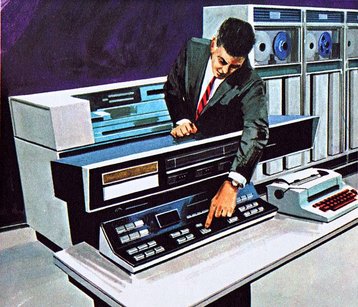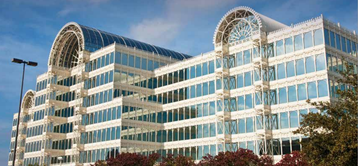“If you want something new, you have to stop doing something old” said Peter F. Drucker
Today, there are 3 million data centers in the United States consuming over 100 billion kilowatt-hours of electricity. Meanwhile, global data center workloads are predicted to double and data center IP traffic to triple by the end of 2018. The increase in data storage intensive content such as Big Data and e-commerce is driving the need for more data centers and even greater amounts of energy use. With all of this growth and opportunity, why is it that the data center industry is still relatively closed and averse to innovation that could help it further capitalize?
The design dilemma
For many, resisting change stems from massive investment and concentration of IT risk. Understandably so, as downtime can be costly. In a 2013 Ponemon study of 83 reporting organizations, the highest cost single outage was $1.7 million, while other outages were valued to impact operations from a low of $939 per minute to a high of $16,246 per minute. Uninterrupted Power Supply (UPS) issues were the highest-ranking factor at 24 percent, followed by human error at 22 percent and cybercrime at 18 percent.
Quick to deny any change that may affect uptime, many data center operators have followed “the crowd”, implementing long-held industry conventions or even remaining stagnant in their design optimization decisions altogether. However, customer requirements and choices are changing, and in order to remain competitive, data center innovation needs to keep pace. But how can they access this roadmap for change, and where can they to begin?
Removing the veil of secrecy
Openness is the prerequisite to innovation. The first step to defying industry conventions in order to simplify design, enhance efficiency, and reduce costs, all while not sacrificing uptime is enabling greater transparency, shared best practices and industry-wide standards across the data center sector. Just think of all the industries that have changed for the better by instituting industry-wide openness and transparency – cloud computing, software, even communications.
The keys to effective innovation include:
- Identifying broader objectives than just uptime alone
- Facilitating process-driven implementations
- Optimizing for changeability and Total Cost of Ownership (TCO)
- Planning for dynamic IT utilization, not static efficiencies
- Rethinking standards and question norms within the broader goal
Looking to a credible and objective third-party resource such as the Uptime Institute to verify data center designs is also critical in that it provides insights and experiences from industry experts with neutral and global data center perspectives.
Designing for change
Tomorrow’s IT footprint will be taller, heavier and hotter, requiring higher energy density, load variability, greater network access, and a changing power circuit mix. Data centers will have no choice but to design for commissioning and change acceptance.
At Infomart Data Centers, we’re re-engineering design-build techniques and adopting energy-efficient technologies, and we’ve maintained 100 percent uptime since day one. By implementing containment and rear door cooling, as well as doing away with raised flooring and RPP circuits, we have mitigated downtime by reducing the number of components to manage, the number of touches and the numer of sources of error. An active member of the Uptime Institute, we support third-party evaluations on process content and gain valuable industry insight through participation.
Infomart also uses Direct Access (DA) for electricity purchase, saving millions in kilowatt-hour costs through the freedom to competitively source electricity directly.
Static industry practices are shifting to keep up with customer demand. Even in today’s closed data center industry, resources exist to reduce innovation risk. Begin by changing your processes and training staff; change is a result of repeatable process, not an event. Be sure to design with change in mind across circuits, cooling load, and power choice. And lastly, optimize for TCO and efficiency, not just Day One cost.
Innovate or perish – the choice is yours.
John Sheputis is president of Infomart Data Centers



